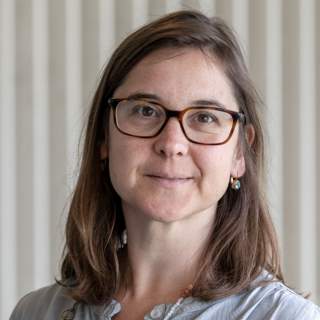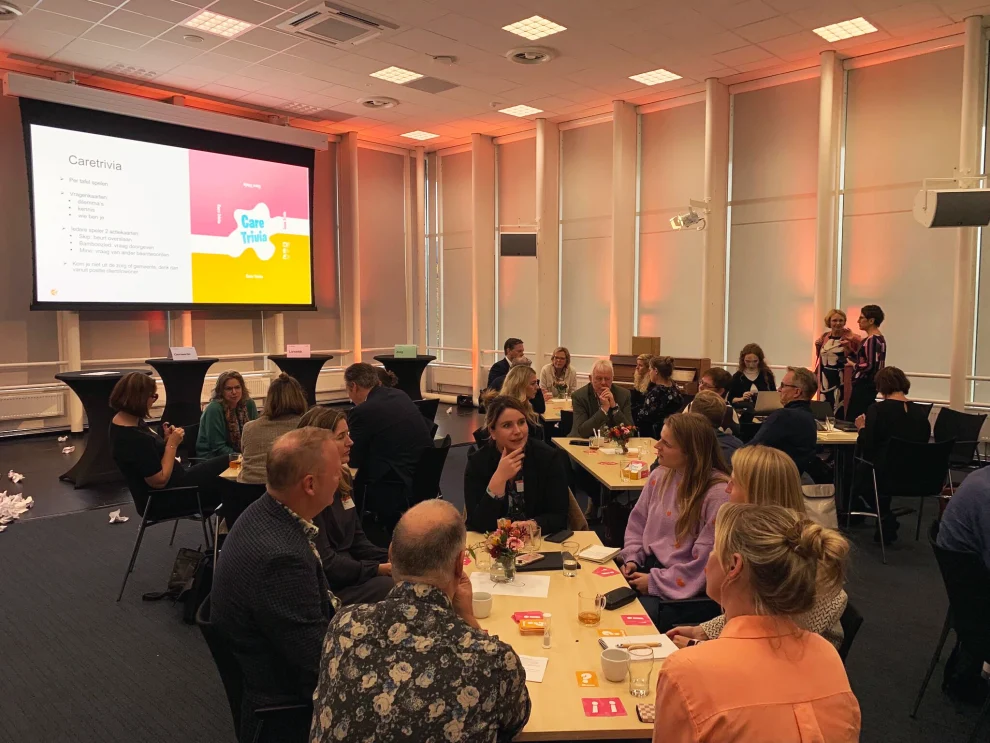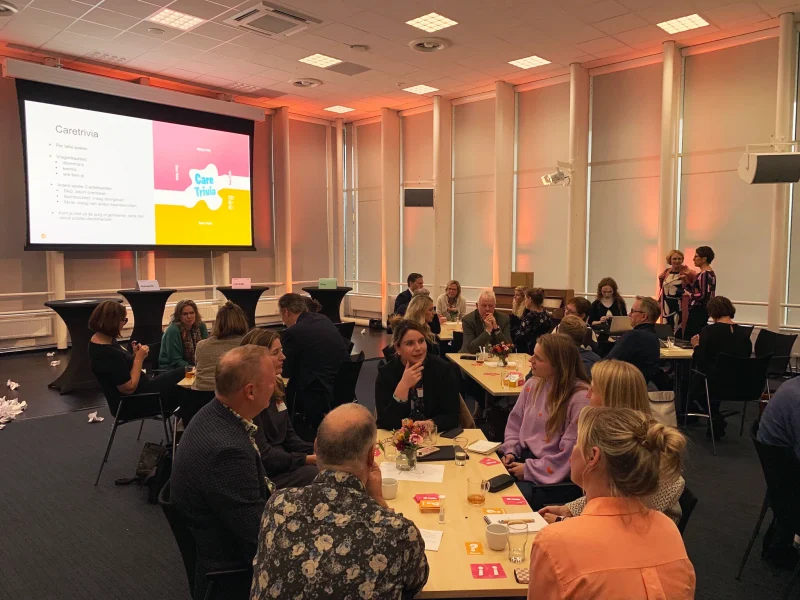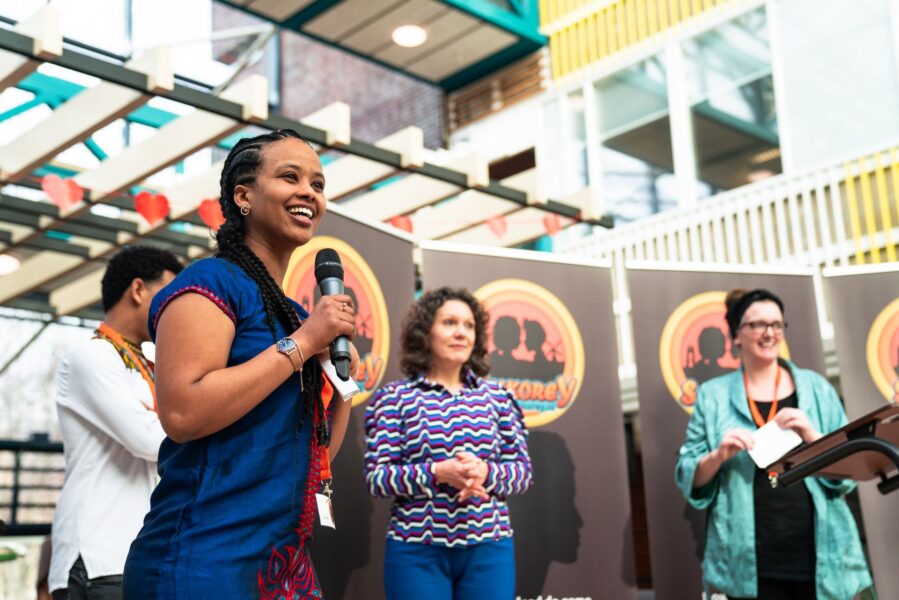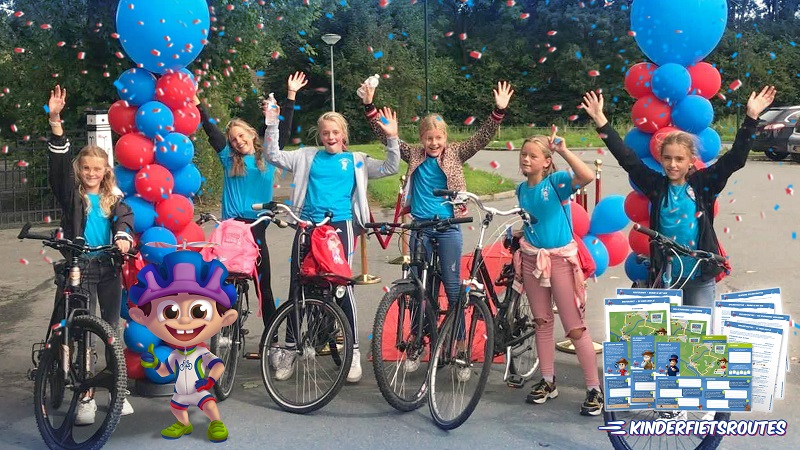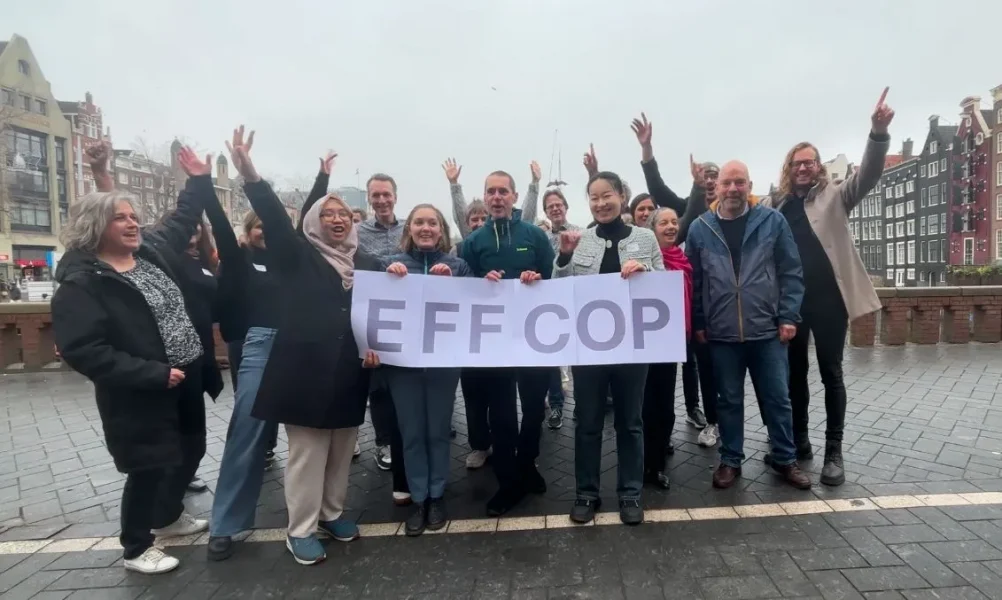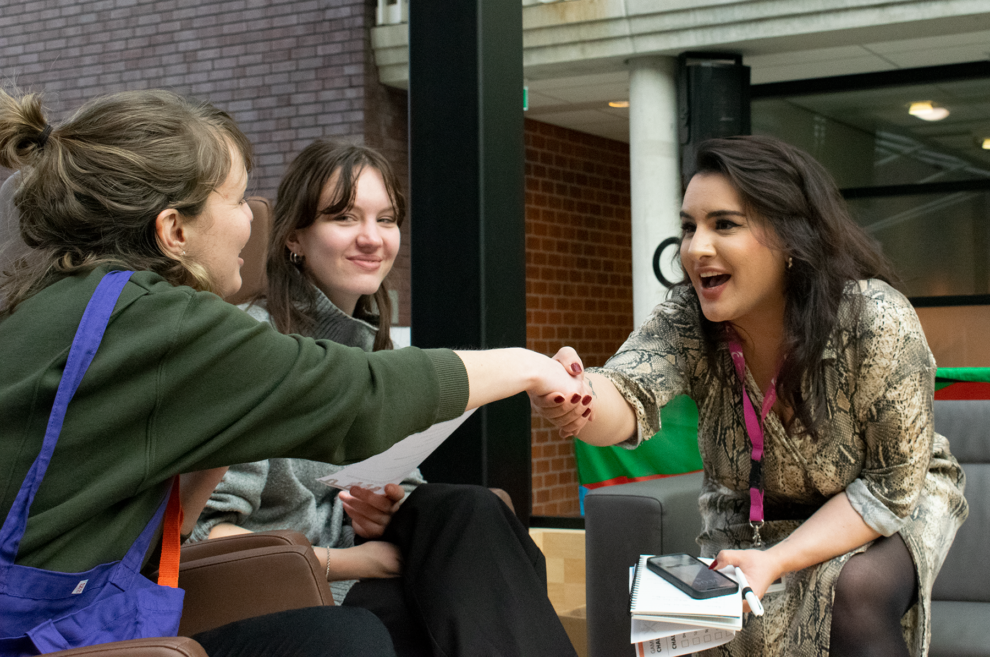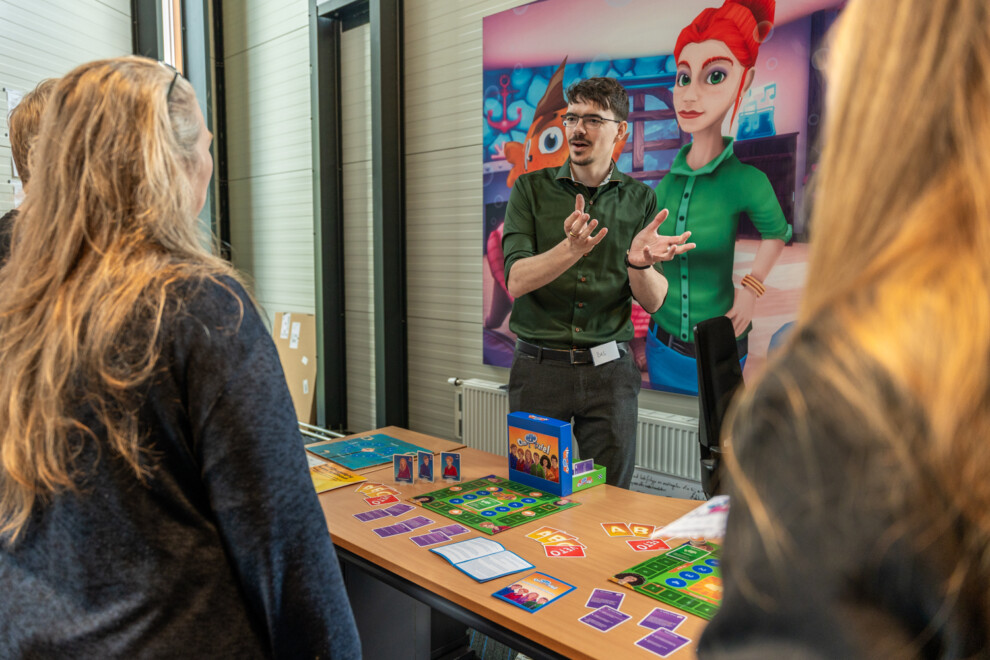Transdisciplinary research: challenges and recommendations
Transdisciplinary research brings together scientists and societal actors such as designers, artists, and policymakers to tackle complex issues. Examples include ethical dilemmas surrounding technology, climate adaptation, or healthcare innovation. Despite its potential, implementation remains challenging in practice: how do you ensure equal collaboration? How do you bridge differences in working methods and language? We discussed these questions with Julia Hermann, Assistant Professor in Philosophy and Ethics of Technology at the University of Twente.
Read blog